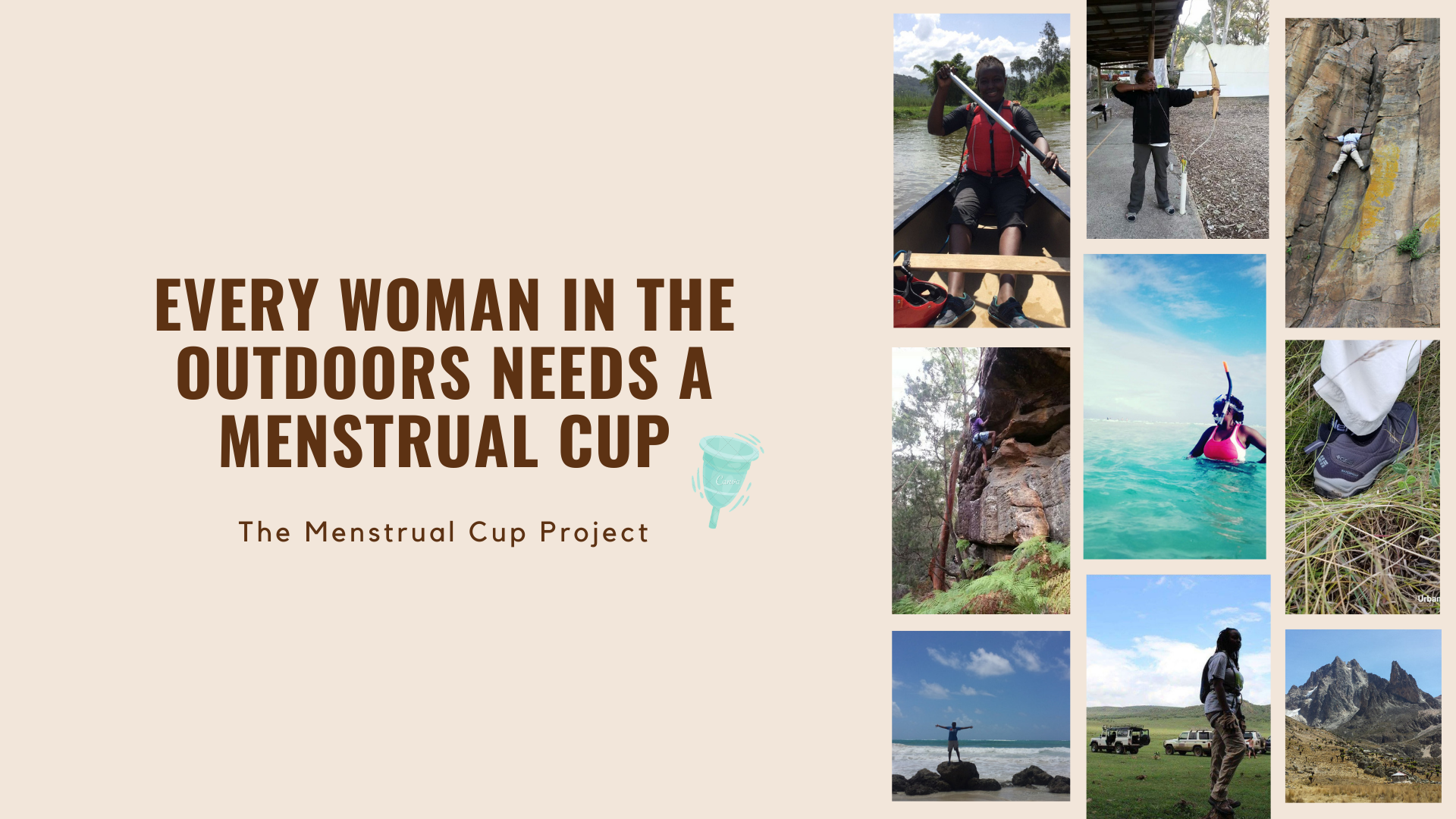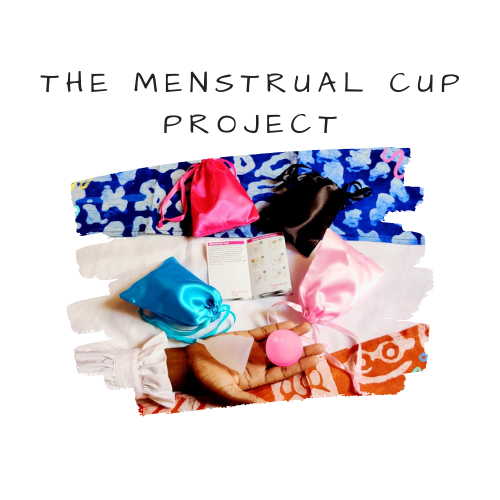If the average woman menstruates for forty years and uses approximately 15 tampons or pads per cycle (180 each year) how many will she use during her entire menstrual life cycle?
Answer: 7,200 pads or tampons
Where do used menstrual hygiene products go? Answers range from dump-sites, drainages, incinerators, landfills, rivers then the ocean, people’s farms, buried, latrines … But either way, they still take several lifetimes (500-800 years) to decompose and meanwhile the plastic, dioxin, and bleach used seep into our groundwater and cause continuous pollution. Long story short, they will outlive you and your kids up to 6 generations!
With about 25 million females in Kenya and 65% of them actively menstruating, using environmentally unsustainable products monthly for decades spells a lot of trouble for everyone. The most common menstrual products are manufactured largely in part using plastic.

For women actively operating in the outdoors and in our natural spaces (mountains, parks, forests, farms, remote areas, etc.) conventional menstrual hygiene products often pose a challenge. Guides, porters, rangers, officers, climbers and hikers, etc, especially when posted remotely or when located in the wild where toilets are not easy to come by need a way to manage their cycle. They cannot be expected to carry used sanitary products all day/for multiple days with them until they get to a disposal point. Secondly, training, policy and better judgment stop them from haphazard disposal eg. burying, placing in common rubbish, latrines, or burning. In addition, all women of menstruating age find themselves in the disposal dilemma and for them too, the menstrual cup becomes a sustainable and convenient solution.
Why the Menstrual Cup?
Many women have already committed to making an effort to eliminate single-use products bearing in mind the cost to the environment that we hold so dear. We understand why this is important so why should we add using a menstrual cup to this list?
Menstrual cups are made of medical-grade silicone, not plastic. The material is derived from silica, a type of sand, and as it degrades, it will slowly go back to its original state; the second most abundant mineral in the Earth’s crust and one that isn’t hazardous to the environment.
Easy to carry, clean and manage while outdoors. It takes significantly less water to clean a menstrual cup compared to other reusable sanitary alternatives and is better suited for use in areas experiencing a lack of water.
Menstrual cups are anti-allergenic and can last up to 10 years making them extremely sustainable, cost-effective and environmentally responsible solutions.
Menstrual cups can hold 3 times more blood than that of a large tampon or pad. Unlike traditional methods, they collect menstrual fluid rather than absorbing it which reduces vaginal dryness that can lead to infection related to tampon use; or even uncomfortable dampness, heat rashes, and bad odor associated with pad use.
A menstrual cup need only be emptied every 8-12 hours, in comparison to 3-5 hours for pads. The menstrual fluid can easily be poured out in the toilet/drain/a hole in the earth – a much safer and environmentally sustainable method of disposal rather than throwing sanitary pads into the drains.
Menstrual cups are much more comfortable, in terms of exercise and sports and everyday activities. You can walk, run, swim, GYM, sleep, climb, kayak, hike, ride, sit, wrestle, drive, dive… basically everything!
Just like we have proudly declared parks and forests plastic-free in Kenya, we should raise awareness and be engaged in spearheading sustainable menstruation product use for the benefit of girls and women which will significantly reduce our environmental waste footprint.
Click here for more information on how to use a menstrual cup or how to get one in Kenya.




